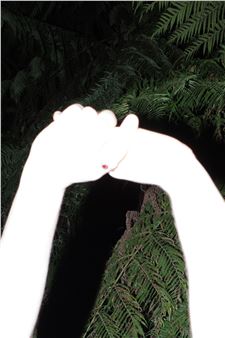Handmade: Drawings 1830-1940
The word drawing is used to describe artworks made with various media such as pencil, chalk, or charcoal, done on a support usually understood to be paper. At this very particular moment in time, when computer generated art works are set to challenge the very definition and use of art and of drawing, we thought it would be important to revisit this most basic art form, as used by the most important artists of the 19th and 20th centuries.
Eugène Delacroix (1798-1863) was the leader of the French Romantic school of painting, and a prolific and creative draughtsman. One of the few artists who knew no limits to the subject matter of his work, he was a constant draughtsman in pencil, watercolor, and charcoal. He used drawing as a method of observation and as a memory tool in preserving images to create later painted compositions. Delacroix is represented here with several works, first an early study of a Greek Sculpted Head, done in charcoal with white heightening. This undated depiction compares closely to a large sheet in the collection of the Louvre depicting a long haired woman gazing down. The soft matted-down quality of the charcoal, highlighted by white chalk, is the same as in our work. The full frontal positioning of the face of the sculpture brings the personality of the sitter squarely in view and creates a powerful image.
Delacroix’s Dancer, is specifically datable to Delacroix’s trip as a diplomatic envoy to Morocco in January 1832, and depicts a young Jewish dancer in full costume, with her veils and scarfs fluttering around her. It is a page from one of a handful of rare sketchbooks Delacroix made on the trip where, denied by local protocol to view or depict Arab women, he used Jewish women instead as his models. He even attended a Jewish wedding where he made this drawing, later used to create the central figure in his important 1841 painting of the same title. Here the medium is pencil and the numerous color notes and inscriptions made by the artist were meant to be reminders of what he had seen once he was back in his Paris studio.

Recommended for you
The word drawing is used to describe artworks made with various media such as pencil, chalk, or charcoal, done on a support usually understood to be paper. At this very particular moment in time, when computer generated art works are set to challenge the very definition and use of art and of drawing, we thought it would be important to revisit this most basic art form, as used by the most important artists of the 19th and 20th centuries.
Eugène Delacroix (1798-1863) was the leader of the French Romantic school of painting, and a prolific and creative draughtsman. One of the few artists who knew no limits to the subject matter of his work, he was a constant draughtsman in pencil, watercolor, and charcoal. He used drawing as a method of observation and as a memory tool in preserving images to create later painted compositions. Delacroix is represented here with several works, first an early study of a Greek Sculpted Head, done in charcoal with white heightening. This undated depiction compares closely to a large sheet in the collection of the Louvre depicting a long haired woman gazing down. The soft matted-down quality of the charcoal, highlighted by white chalk, is the same as in our work. The full frontal positioning of the face of the sculpture brings the personality of the sitter squarely in view and creates a powerful image.
Delacroix’s Dancer, is specifically datable to Delacroix’s trip as a diplomatic envoy to Morocco in January 1832, and depicts a young Jewish dancer in full costume, with her veils and scarfs fluttering around her. It is a page from one of a handful of rare sketchbooks Delacroix made on the trip where, denied by local protocol to view or depict Arab women, he used Jewish women instead as his models. He even attended a Jewish wedding where he made this drawing, later used to create the central figure in his important 1841 painting of the same title. Here the medium is pencil and the numerous color notes and inscriptions made by the artist were meant to be reminders of what he had seen once he was back in his Paris studio.
Artists on show
- Alfred Sisley
- Antoine-Louis Barye
- Antonin Carlès
- Auguste Rodin
- Édouard Vuillard
- Eugène Delacroix
- George Sand
- Gustav Klimt
- Henri Matisse
- Henri Rousseau
- Henri-Joseph Harpignies
- Jean Baptiste Camille Corot
- Jean-François Millet
- Johan Barthold Jongkind
- Odilon Redon
- Pablo Picasso
- Paul César Helleu
- Paul Cézanne
- Théodore Rousseau
















